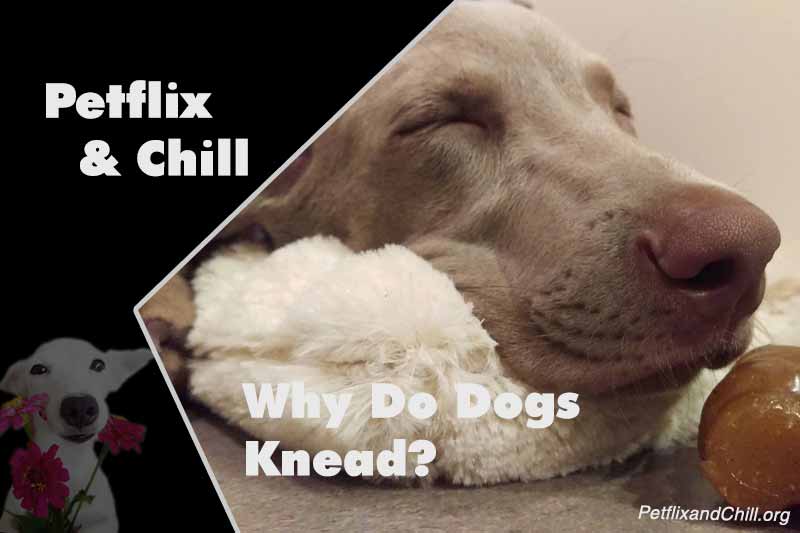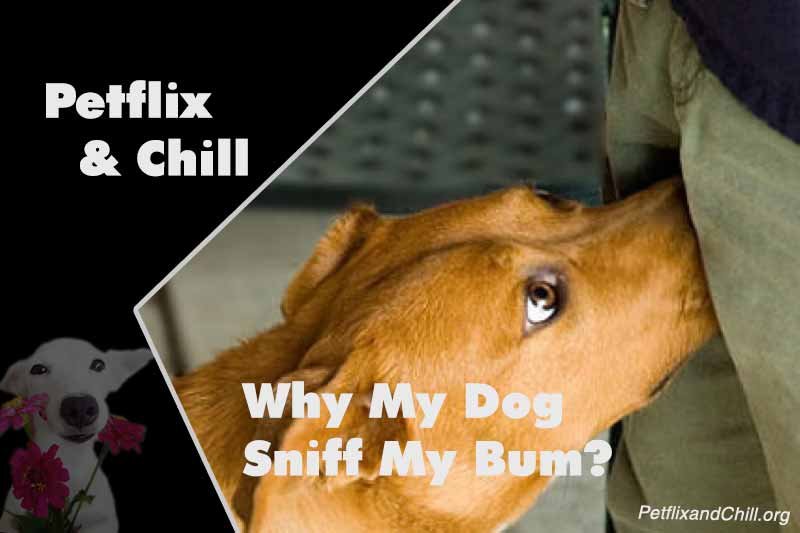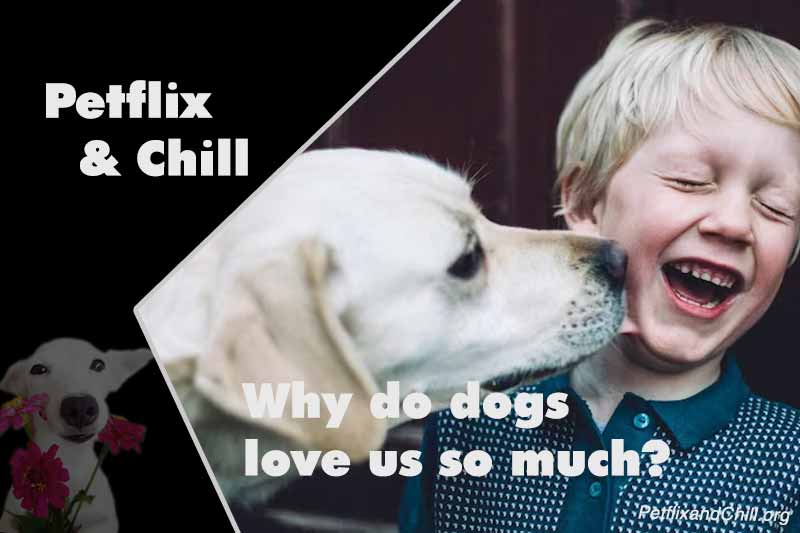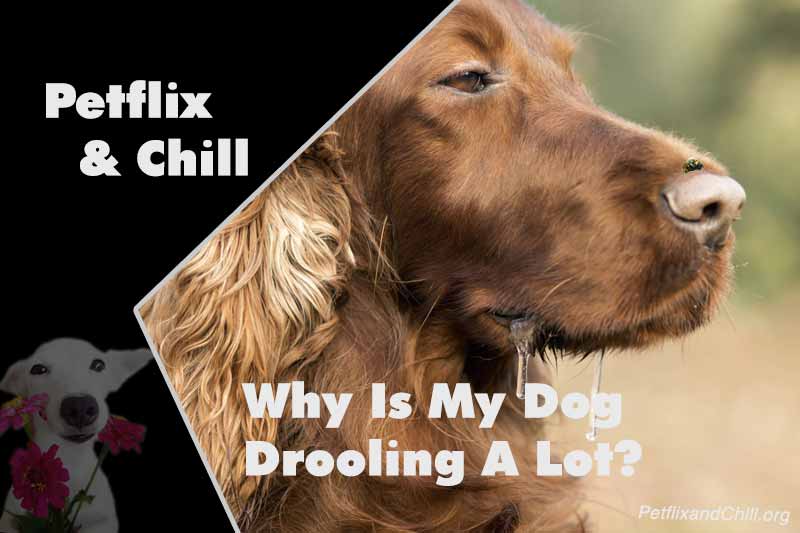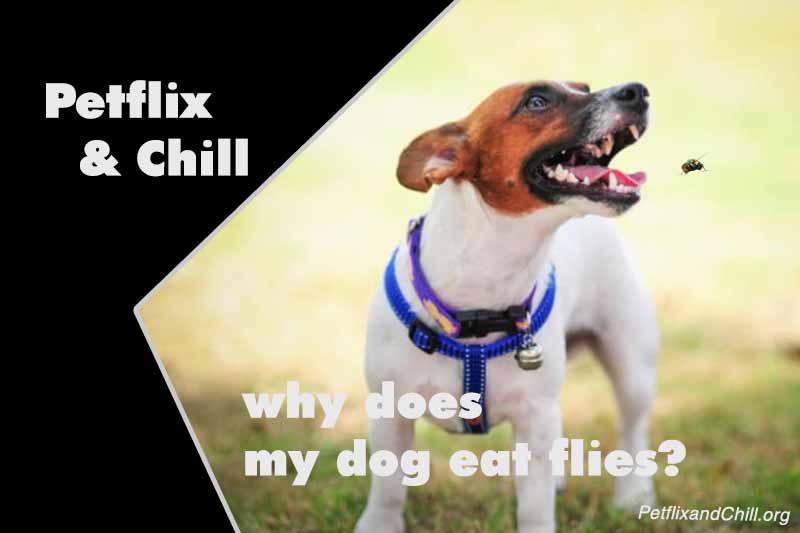Why do dogs knead their blankets, beds, or even their humans? You might wonder what it means if you’ve seen your pup pressing their paws in a steady rhythm. The answer to this question isn’t always straightforward but often ties back to instinct and emotion. Let’s dive into the fascinating reasons behind this unique canine behavior and how to handle it carefully!
Why Do Dogs Knead?
Dogs knead for various reasons, and the habit usually stems from natural instincts. Though it may seem unusual, kneading is quite natural in the canine world. Explore the reasons below!
Instinctual Behavior from Puppyhood
The innate tendency to knead soft bedding or plush animals comes from breastfeeding. During breastfeeding, pups press and paw at their dog mother’s teats to encourage milk flow. The milk flows more easily due to the rhythmic action, allowing pups to take in.
Kneading begins in puppyhood and often continues as dogs grow older. When they feel ready to sleep, relaxed, or happy, some adult canines may knead lightly with items that remind them of their mother’s fur and teats. For them, it’s relaxing and self-soothing.
Comfort and Self-Soothing
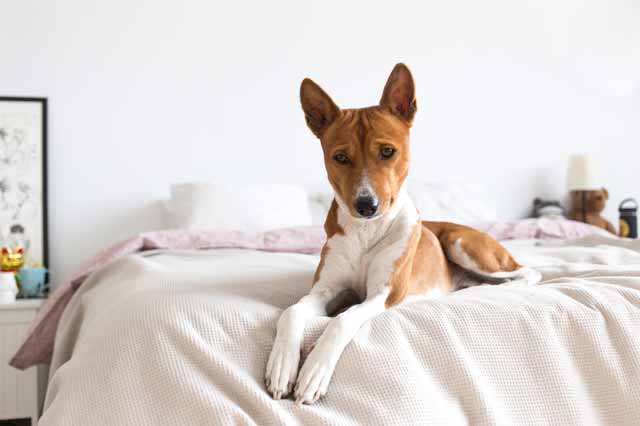
Changes in environment or schedule, separations from owners, introductions of new people or animals, loud noises like thunder or fireworks, unfamiliar places, and more can all elicit a stress response in dogs. In these cases, you may notice your pet kneads objects around it instinctively because this behavior calms and relaxes it.
Even as adults, dogs frequently knead their stuffed toys or pet beds as a comforting habit they developed during puppyhood. Experts say kneading stimulates endorphin production, relieving stress and promoting a sense of calm.
Affection and Bonding
Additionally, kneading may be an expression of love. Your pet may express their affection and bond by kneading you. It’s how they express, “You mean a lot to me.”
Territory Marking
Canines knead for various reasons, including letting other canines recognize and realize they are present. Dogs may also use their smell to mark their territory in this way.
Kneading has the same effect. When canines do this, pheromones are released from glands that produce smell on their feet, leaving a scent on the surface they’ve kneaded, whether it’s your garden grass, a cushion, or a blanket.
Safety
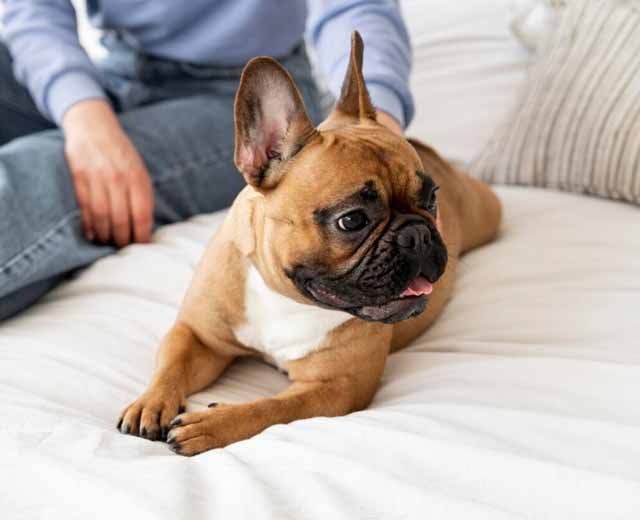
Dogs can protect their area by marking it so potential predators won’t trespass into it. Of course, you know that no predators will take their appointed places in your home. However, dogs continue to exhibit certain wolf-like traits, such as kneading, which could have aided them in their natural habitat.
Additionally, by kneading, your pets ensure that the area where they intend to sleep or settle down is free of other animals or items.
More interesting: Why Does My Dog Sniff My Bum? Weird Habit or Normal Behavior?
Contentment
Why does my dog knead and bite blanket? Happy and content canines frequently exhibit loving behaviors like kneading, nuzzling, and tail wagging. Kneading a blanket or plush animal signifies that your adult dog feels completely relaxed, at ease, and content.
Nursing
Additionally, female dogs have a maternal drive that causes them to knead. They will most likely knead on their sleeping surface or theirs since they are attempting to build a nest. This maternal urge is present even when they are not pregnant.
Anxiety
Kneading is one coping strategy that dogs that suffer from separation anxiety may use. When you leave your canine friend alone, it may feel nervous. It may collect your clothes in a safe place and knead them. This behavior reduces their sense of isolation and eases their anxiety.
Temperature
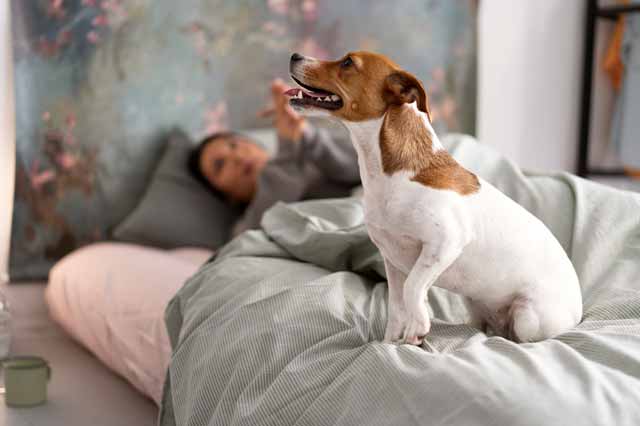
Frequently patting bedding or fur helps keep your dog warm and cozy in colder months. Kneading, with its rhythmic motion, may serve as the dog’s way of practicing self-care.
Creating a Comfortable Resting Spot
Why does my dog knead his blanket? In nature, dogs burrow under leaves and cushion grass to make their resting spaces as comfy as possible. Your pet may naturally arrange its blanket or bed similarly to create its perfect sleeping environment.
Is Kneading a Normal Behavior in Dogs?
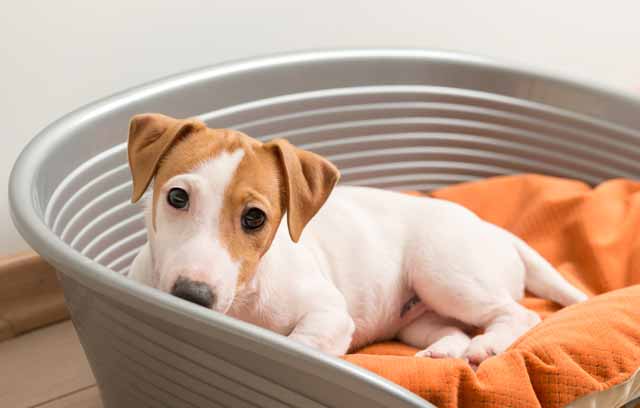
In fact, kneading is an entirely normal action for dogs. Most canines do it at times. Hence, as long as it doesn’t get out of hand or become dangerous, there’s nothing to worry about.
On the other hand, excessive kneading occasionally indicates underlying issues. You should be worried if the conduct disrupts your pet’s routine. Monitor your dog if it shows the need to knead for long periods regularly. A neurological disorder, such as canine cognitive impairment, might cause this.
How to Manage Your Dog’s Kneading Behavior?
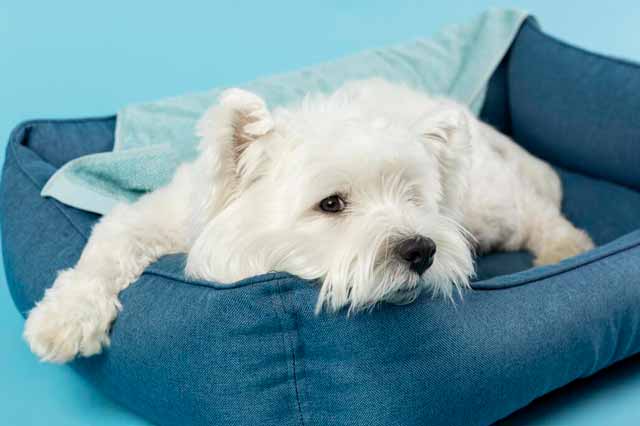
Kneading is usually harmless, but it can become excessive or destructive. A few simple steps can help guide this behavior in a healthy direction.
Relieve Anxiety
As shared above, dogs knead for several reasons, including separation anxiety. You can do a lot to help your pooch cope with this discomfort.
The first thing you need to do is to offer your canine friend soothing snacks for thirty minutes before letting it alone. This way will allow your pet to feel more at ease while you are away.
Check Temperature
You must constantly keep your dog at a comfortable temperature. A container of clean water should always be available to your furry companion in hot weather. You should avoid taking your pets for walks at the hottest times of the day. Also, you may offer them frozen foods to help them stay cool.
Ensure that your home is not cold throughout the colder months. You may also offer them a canine sweater and an additional blanket. Since the temperature is controlled, your dog won’t knead.
Provide Comfort and Security
You shouldn’t stop your pooch from kneading if they are enthusiastic about it. An alternative is to establish a regulated kneading environment.
For instance, give your dog many cozy blankets and stuffed animals to curl up with. It will feel more relaxed and secure when sleeping in this comfortable environment.
Read more:
Final Thoughts
Why do dogs knead? This behavior often connects to instinct, comfort, and emotional needs. While it’s usually nothing to worry about, understanding the reasons behind it helps build trust and care. Is your dog kneading more than usual? Take time to observe and support them. How do you help your pup feel safe and happy? Start by creating a calm, cozy space they’ll love.

